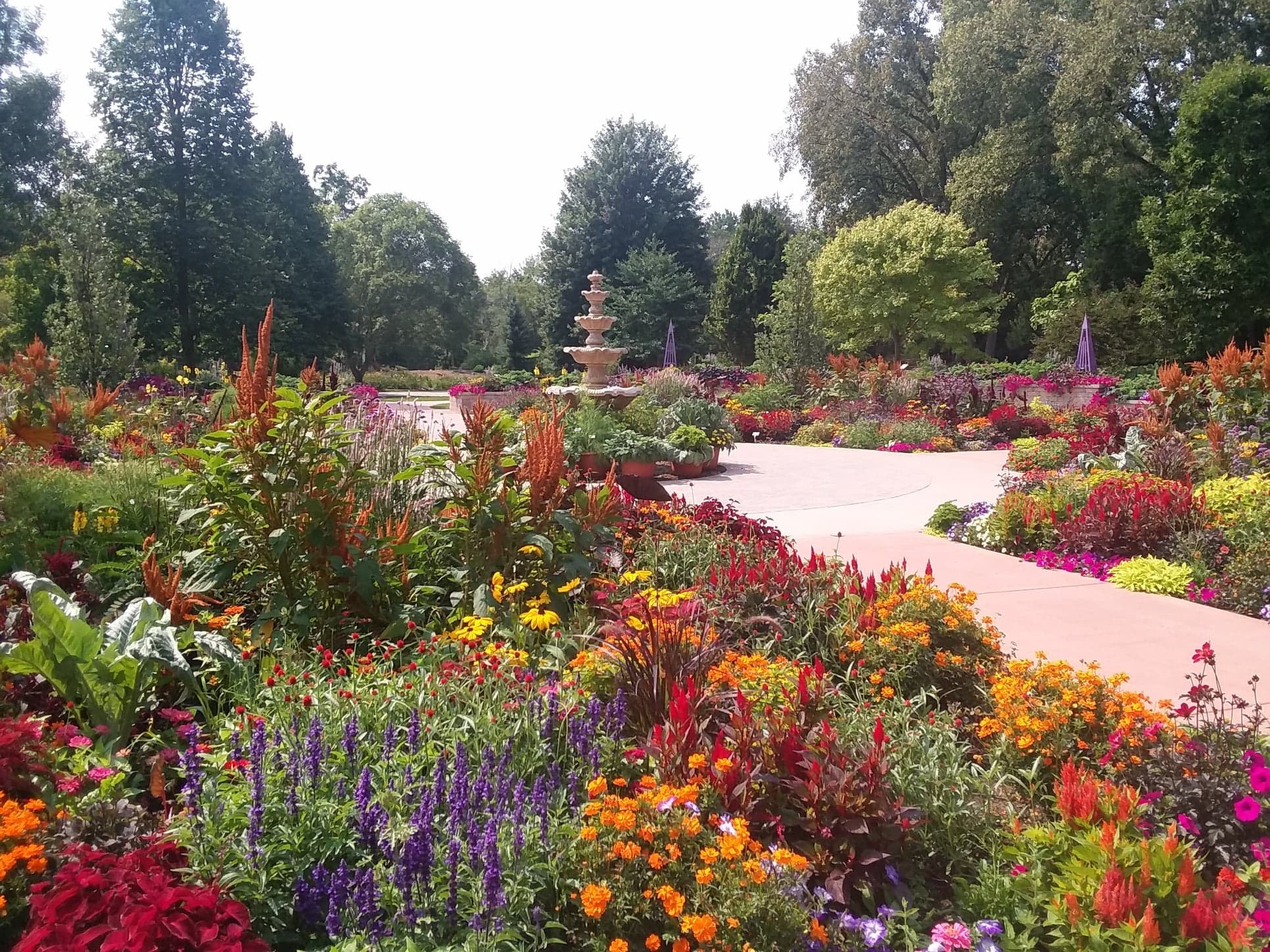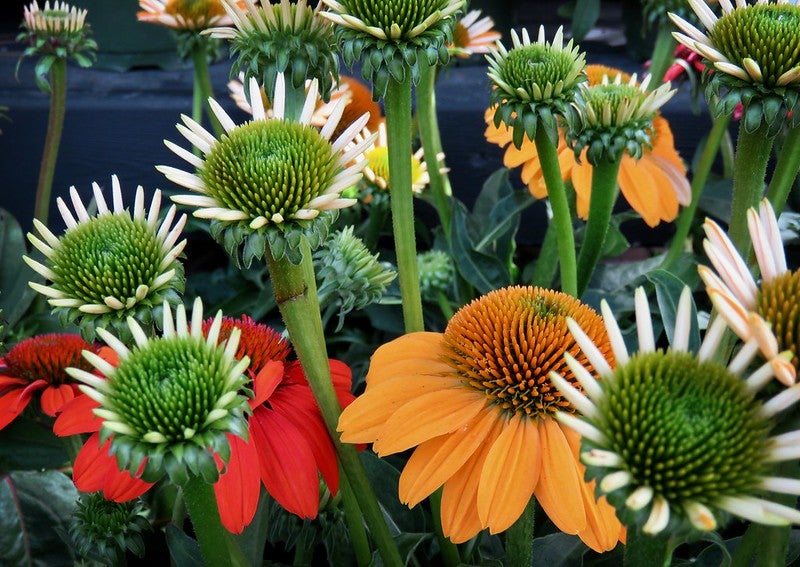Popping Black-eyed susans, alliums or geraniums into your garden can add lots of colorful allure during their blooming periods.
But establishing a contour of color and texture that edges throughout the garden and remains for months takes a keen eye for the right kind of foliage.
As a landscape architect, Mark Dwyer thinks about that often. He’s owner of Landscape Prescriptions by M.D. and the healing garden manager at Edgerton Hospital and Health Services.
News with a little more humanity
WPR’s “Wisconsin Today” newsletter keeps you connected to the state you love without feeling overwhelmed. No paywall. No agenda. No corporate filter.
Recently, he joined “The Larry Meiller Show” to talk about what he looks for when it comes to foliage and how he uses color and texture to design impressive sprawling gardens.
The following interview has been edited for brevity and clarity.
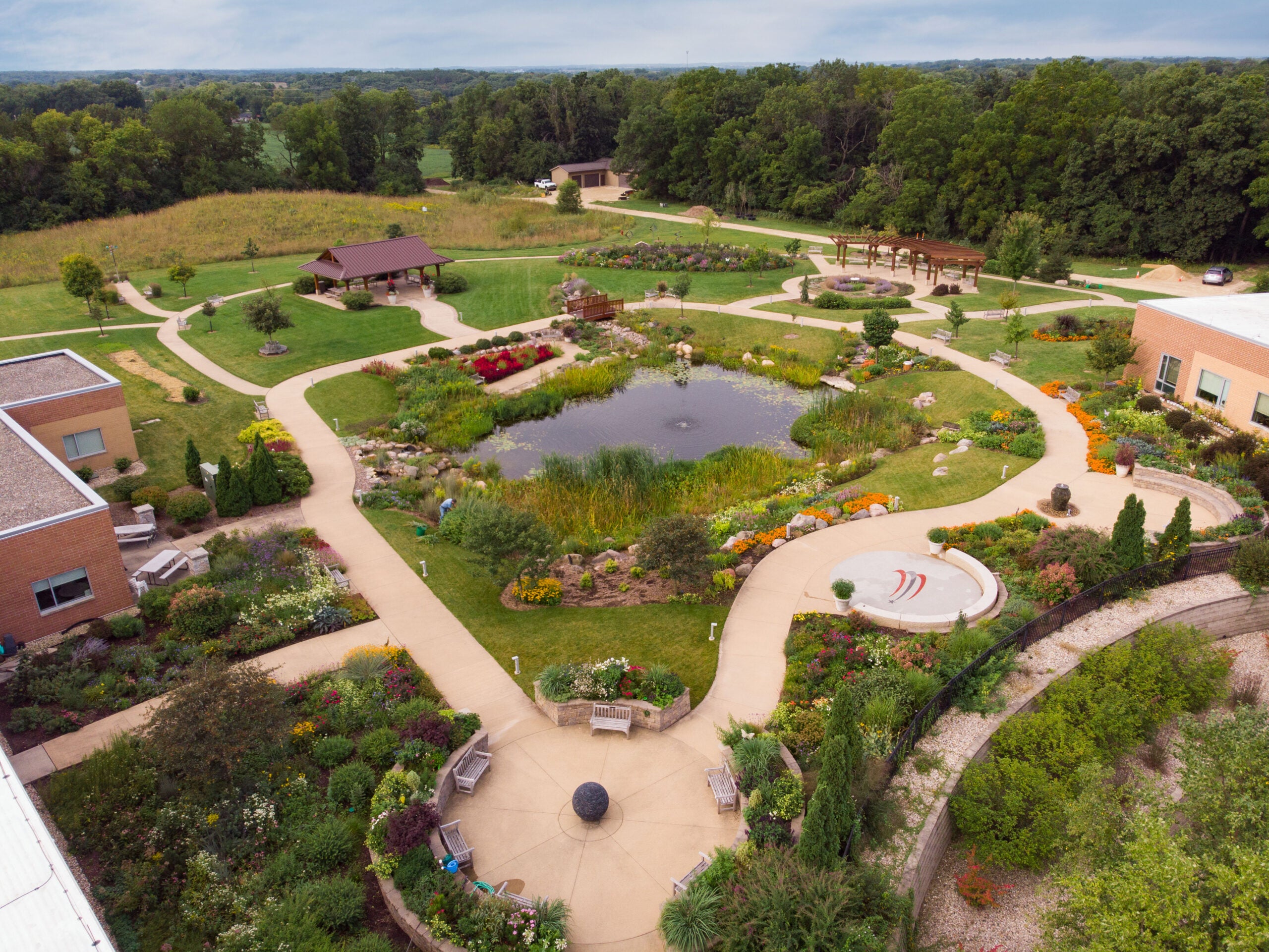
Larry Meiller: What do you consider a foliage plant?
Mark Dwyer: I consider the merits of every plant in terms of what it contributes in regards to foliage. And I think out in the garden, we start to focus on those that have maybe a more pronounced coloration, like the maroons or the yellows, or maybe a nice white crisp variegation.
And those contributions certainly offer an extended amount of interest because seeking a progression of blooms in the garden makes sense.
We’d like to see blooms from late winter all the way until hard frost. And that’s totally valid. But consider the elongated contribution of foliage, the color and also the texture when we talk about bold versus fine and even the nuances of a matte finish versus glossy foliage.
So, I would encourage people to really take a closer look at what foliage can contribute in a combination, whether it’s a primary feature of interest or even secondary.
LM: Many of us think about just the flowers and and don’t consider the foliage. And yet it brings a lot to the landscape.
MD: Oh, it absolutely does. I think of, for instance, a hibiscus called Holy Grail, which is a herbaceous plant. It comes up from the ground every year with the deepest maroon foliage. And then in summer, you get those dinner plate sized, bright red flowers.
But regardless of the summer blooms, which are impressive, that deep maroon is a nice, rich contribution. And conversely, I have a favorite perennial geranium called Blue Sunrise.
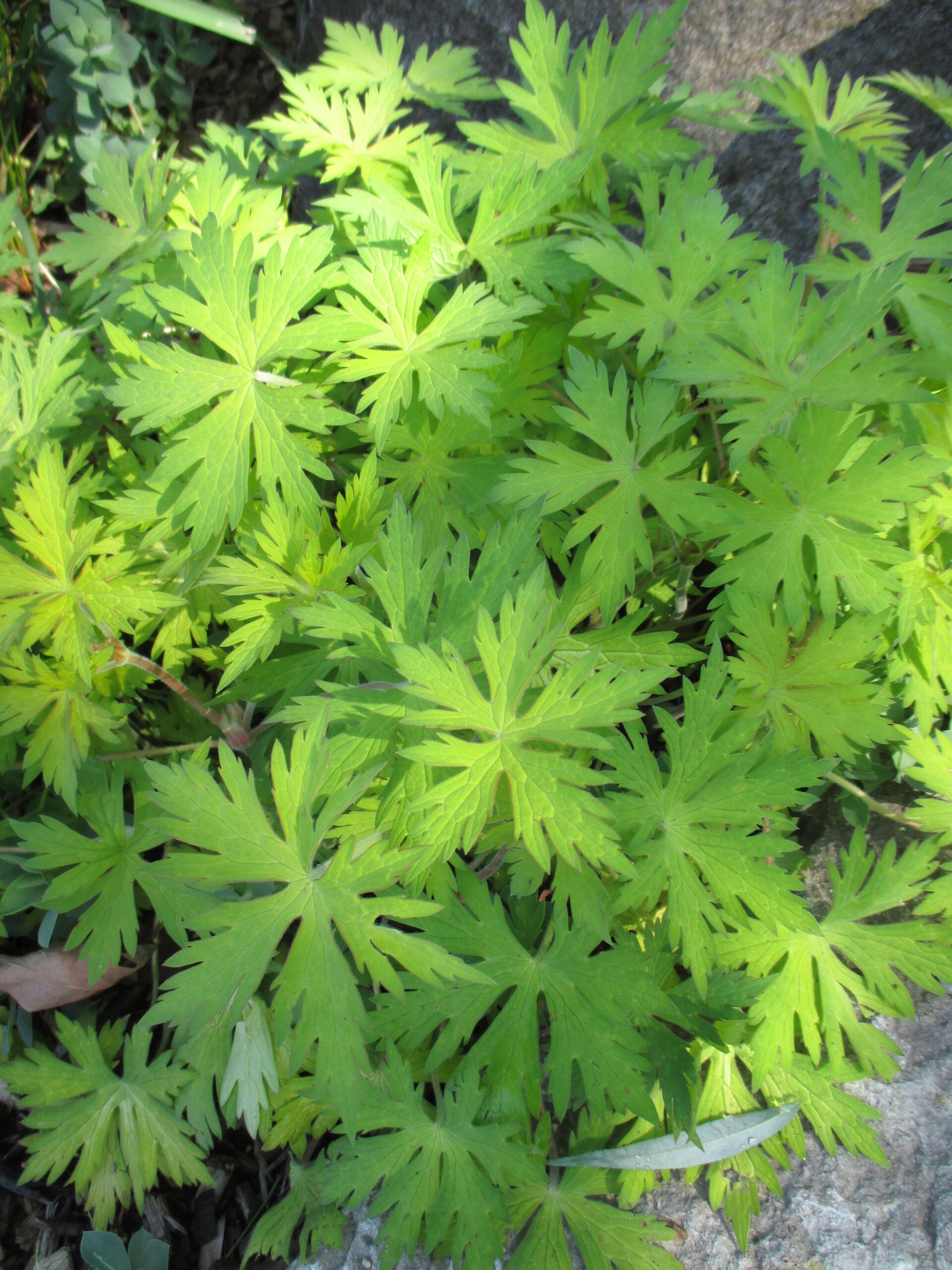 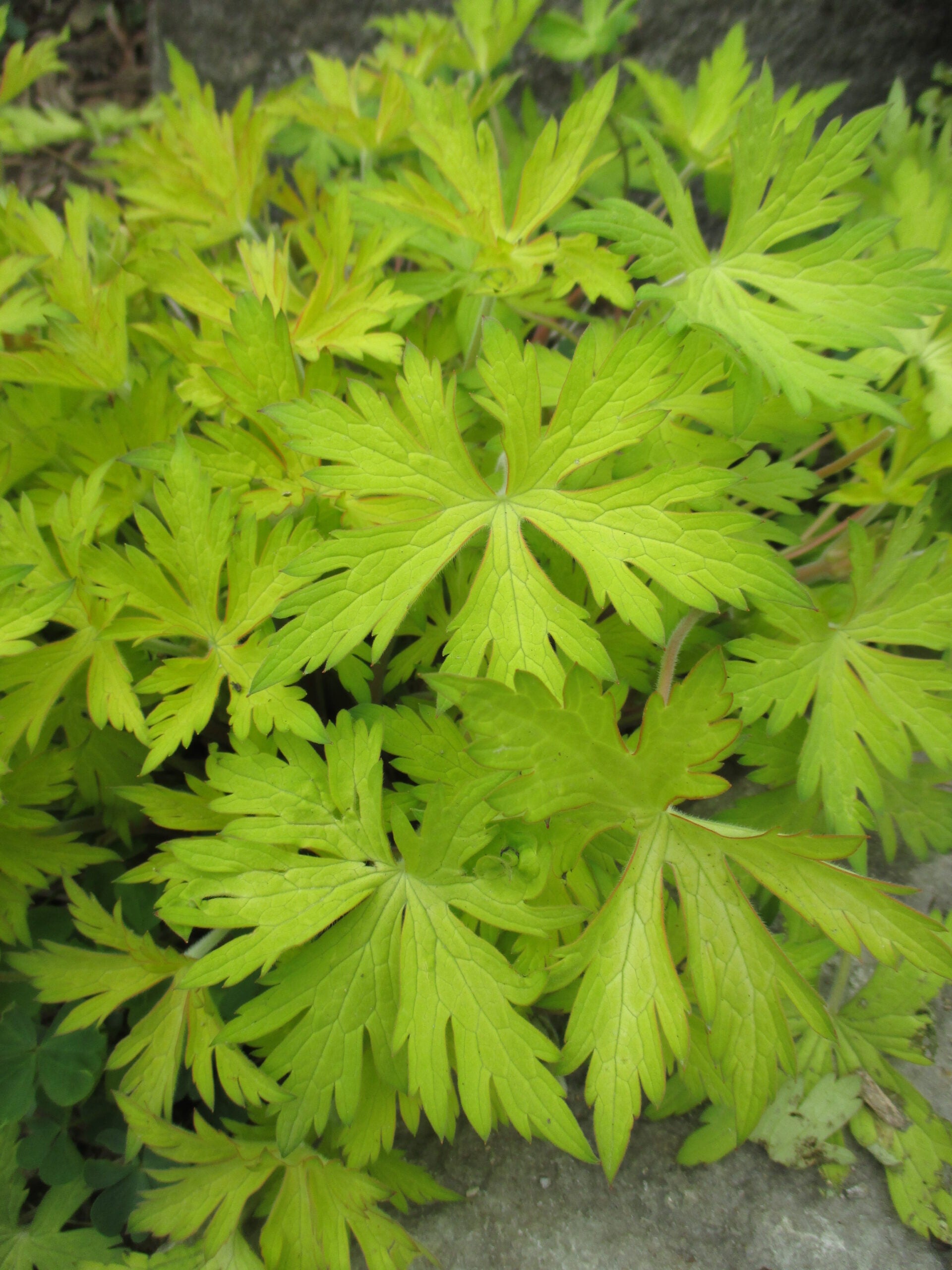 |
What’s great about this plant is its bright gold foliage. It gets beautiful blue flowers in late spring into summer, so you get your typical geranium flowers.
But that bright, golden contribution is a beacon for really five to six months of the season as opposed to six weeks of flowering. So, again, that color can really pop from our foliage.
LM: What do you look for when selecting a plan for its leaves? Is it shape? Size?
MD: Primarily it’s color contribution initially. And keeping in mind that when we talk about foliage in the garden, a lot of us immediately think of fall color, which is also a valid consideration.
But we’re talking about more color in season. When I’m designing, I’d like to consider pops of gold and those deep colors of maroon and and everything in between.
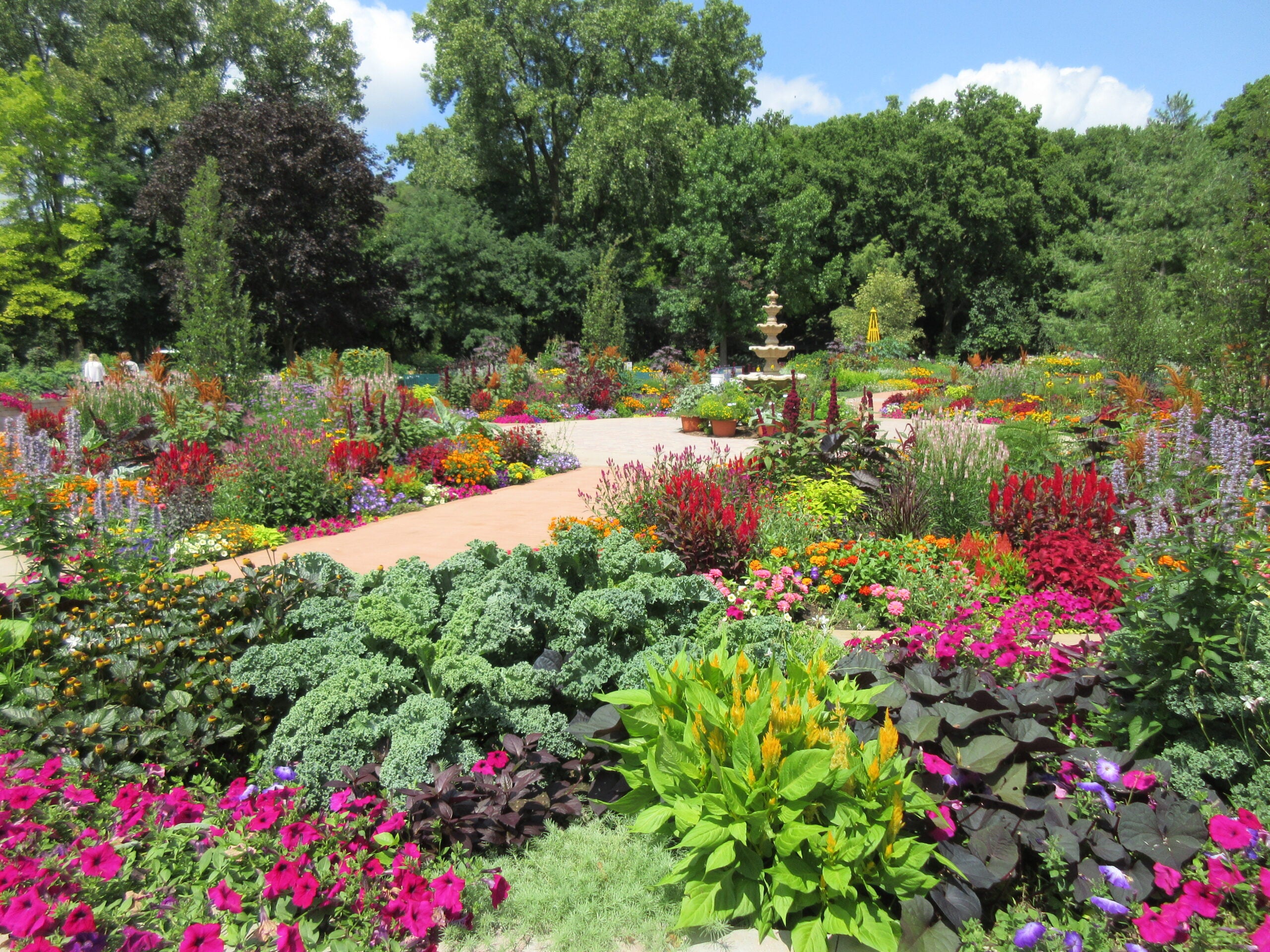
But the foliage size becomes important because that’s the textural contribution. If we only saw the garden in black and white, the interest would be provided by that variability in really fine textured plants, very small leaves or elongated leaves versus very bold and thick leaves.
So those are all considerations and things to look for at your local nurseries when you’re really examining all the contributions of a plant for the growing season.
LM: Let’s talk about perennials versus annuals. What are some of your favorite perennial foliage plants?
MD: Well, I dive immediately into the shade. Everyone’s familiar with hostas and their great coloration and their bold texture, and there’s just a wide range of hostas, to be sure.
But I start leaning into the interesting ferns, things like our native maidenhair fern that’s very fine textured, or getting into the Japanese painted ferns that have a nice silvering contribution. So not just fine texture, but offering illumination or that part of kind of white in the garden.
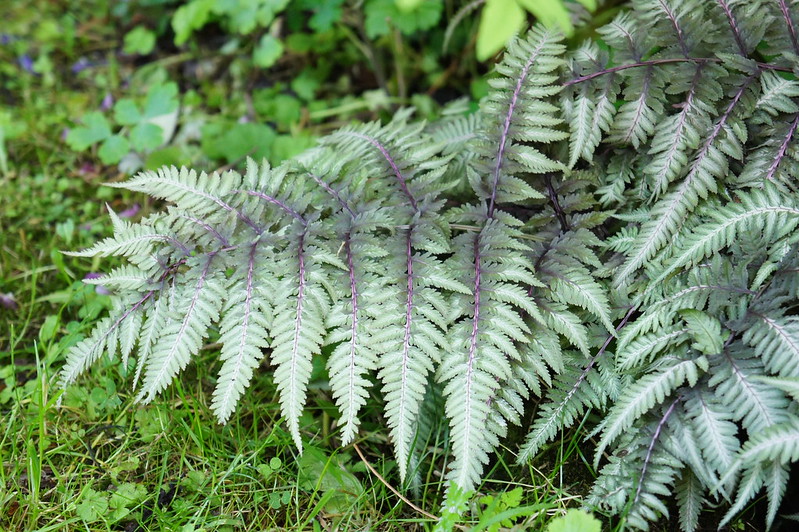
There’s some great hybrid ferns that are a combination of painted fern and lady ferns. And folks should look for some great varieties, like ghost fern. Godzilla is another variety. I love the textural contributions of ferns in the shade.
As we get into more sun, I start leaning into those plants that have more colorful contribution, like some of the interesting penstemon or beardtongues with beautiful tubular flowers for a brief period of time.
There’s some great, really dark, maroon foliage ones, like Midnight Masquerade. There’s some great combinations of maroon foliage that acts as a full foil for the flowers. The nuances of foliage are there. And I think sometimes we just haven’t noticed them.
LM: What about annuals?
MD: With annuals, the sky’s the limit because I lean heavily into coleus, of course. And coleus aren’t just your grandma’s plants for the shade. They’ve been bred to be extremely sun tolerant. They’re moisture hogs. They need plenty of moisture and good soil.
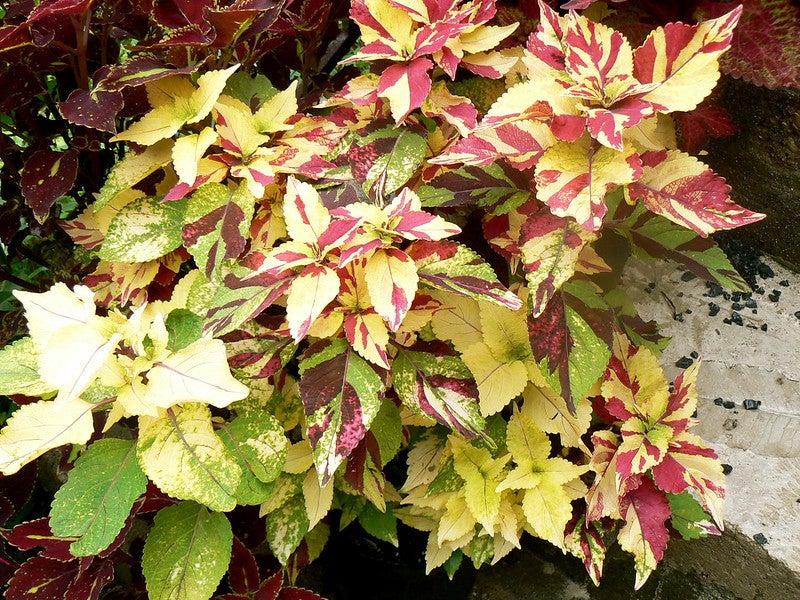
But they’ve gotten into the red tones, the bright oranges, all the subtleties of variegation and leaf size and scalloped edges and small versus — I mean, we can get coleus up to waist height in Wisconsin.
But whether you’re mixing container ingredients or a border — anywhere you’re putting annuals — when you go to your local garden centers and nurseries, look for the foliage, the deep maroons, the bright golds, because they’re going to offer that five to six months of interest.
And that’s not to say flowers aren’t important, but foliage can be a primary asset. And annuals are really instant gratification in filling space with that foliage contribution.
LM: What about containers? Are containers a good way to add foliage, or can they be?
LM: I think so. Containers offer the ability to garden in spaces where we don’t have traditional open space. For instance, at my home, on my deck and patio, we do a lot of different containers, and they offer the opportunity to grow pretty much anything because you’re in control of the soil and the site — the sunlight and wherever you place that containrer.
I start by picking my foliage plants for containers, and in fact, I’ve had containers that are entirely primarily foliage contributors that no one would walk by and say, ‘Where are the flowers?’ Just because they’re so colorful, with deep maroons and bright reds and yellows.
And so containers, whether it’s plants spilling over the edge or centerpieces like dark leaved cannas or elephant ears, there’s just amazing array of seasonal plants that will scratch that itch for what you want to put in a container.
LM: Do you have some new varieties that you’re excited about this season?
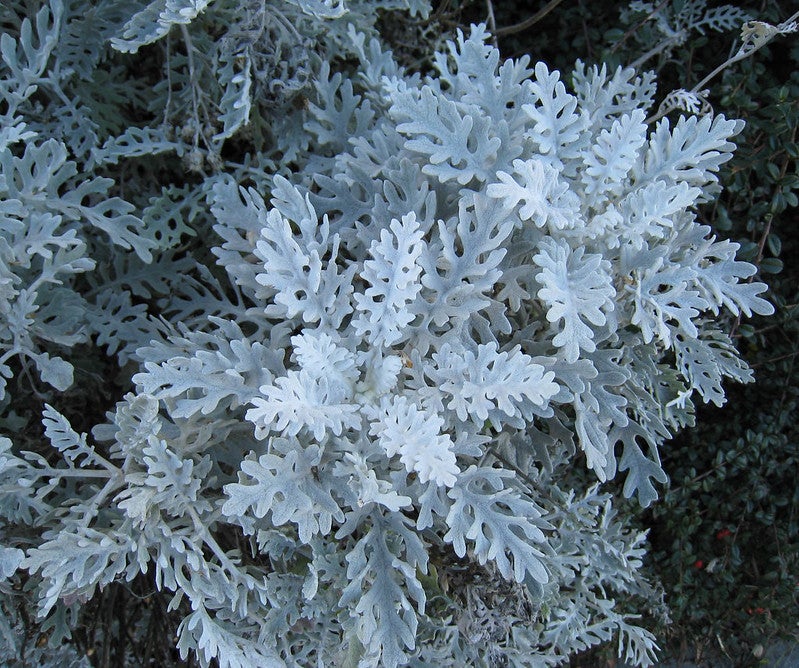
MD: There’s so many new things coming out, it’s tough to even narrow it down. I’ve ordered so much for our healing garden here at Edgerton Hospital, and the focus again on foliage becomes important.
But, there’s a new silver plant, one of the centaurea, called Silver Swirl.

It looks like a dusty miller, but it’s common name is summer snowflake. And it’s got this real neat radial pattern of felty, like pure white silver leaves. And dusty miller still a great plant, don’t get me wrong, but I feel that whites and silvers are neglected throughout our landscapes, so the repetition of silver is a nice unifying color.
There’s so many great accent plants in the silver ranges.
Your garden centers are going to pack all of this great stuff. It’s a matter of getting first dibs and getting there, because you may have an early spring, who knows what’s going to happen, but it’s a competitive business getting out there and getting some of the best stuff early.

